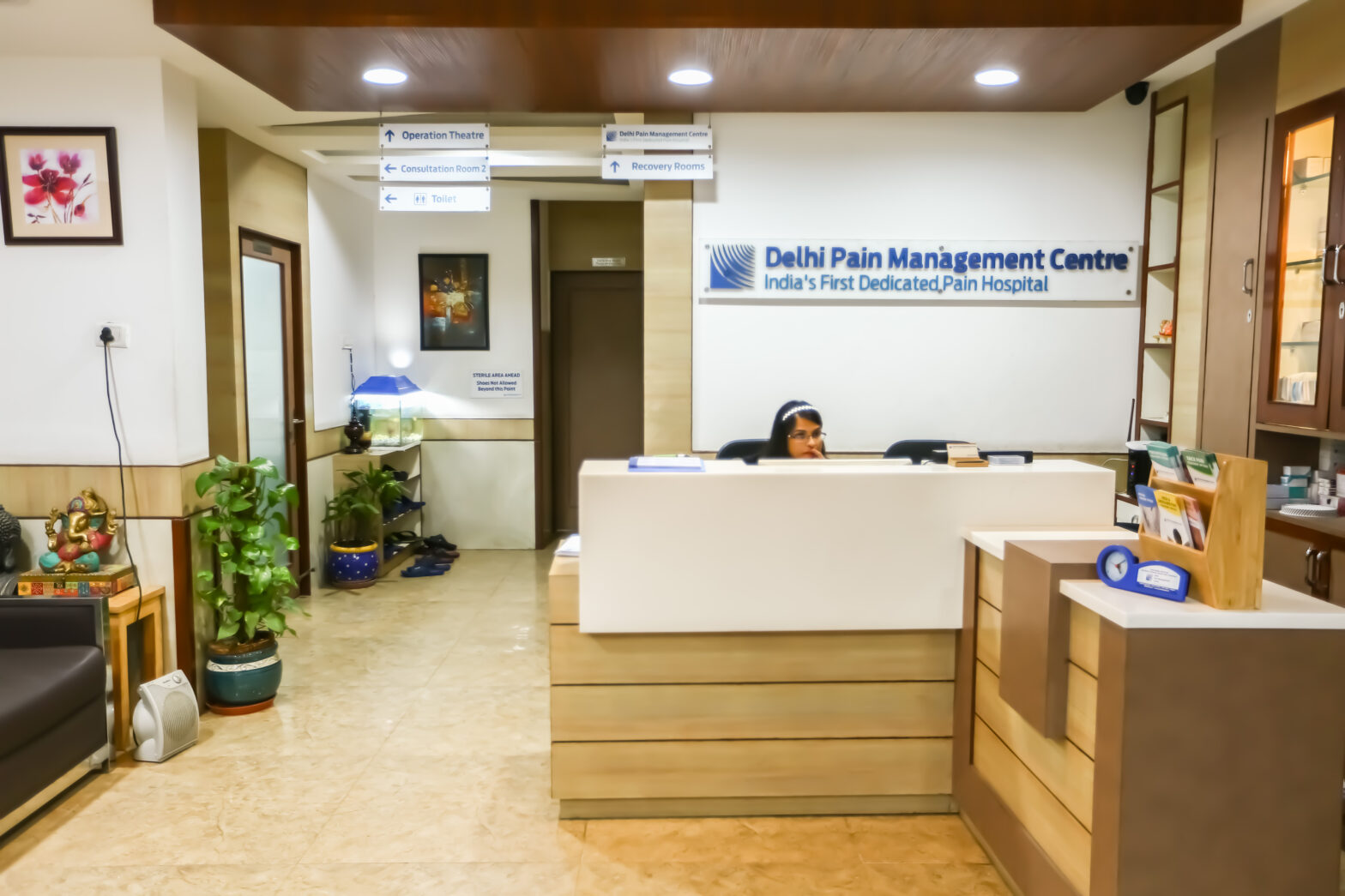
Cancer Pain
Causes of Cancer Pain
Most cancer pain is caused by the tumour pressing on bones, nerves or other organs in your body. Sometimes pain is related to your cancer treatment. For example, some chemotherapy drugs can cause numbness and tingling in your hands and feet or a burning sensation at the place where they are injected. Radiotherapy can cause skin redness and irritation.
Remember that some pain may have nothing to do with your cancer. You may have the general aches and pains that everyone gets from time to time.
Types of Cancer Pain
Cancer pain can be acute or chronic. Acute pain is due to damage caused by an injury and tends to only last a short time. For example, having an operation can cause acute pain. The pain goes when the wound heals. In the meantime, painkillers will usually keep it under control.
Chronic pain is pain caused by changes to nerves. Nerve changes may occur due to cancer pressing on nerves or due to chemicals produced by a tumour. It can also be caused by nerve changes due to cancer treatment. The pain continues long after the injury or treatment is over and can range from mild to severe. It can be there all the time and is also called persistent pain. Chronic pain can be difficult to treat, but painkillers or other pain control methods can successfully control it in about 95 out of every 100 people.
The amount of pain you have with cancer depends on
- The type of cancer you have.
- Where it is.
- The stage of your cancer.
- Whether the cancer or treatment has damaged any nerves.
- Other factors such as fear, anxiety, depression and a lack of sleep can also affect how you feel pain.
If you have pain it is very important to let your pain physician know straight away. If you try to put up with the pain, this can lead to nerve changes that may make the pain harder to control in the future
Treatment
Cancer Pain Treatment
- Oral Medications: Painkilling drugs work to control cancer pain in most people. The key to controlling cancer pain is to take your medicine on a regular schedule. Do not wait until your pain gets bad. Pain is easier to control when you treat it just after it starts.
Be careful when taking nonprescription medicines. Talk with a pain physician before you take these medicines, especially if you have a fever or have had kidney or liver disease, gastrointestinal bleeding, or a stomach ulcer. Prescription medicines may be used alone or with other medicines. Depending on your pain, some of these medicines work better than others. Prescription medicines include:- Opiate pain relievers, such as fentanyl, hydromorphone, methadone, morphine, oxycodone, and tramadol.
- Other medicines that may be used with opiate pain relievers. These medicines may be given to help your pain medicine work better or to treat your symptoms. Or they may be given for certain types of pain. These include:
- Anticonvulsants, to help control nerve pain like burning and tingling.
- Antidepressants, to relieve pain and help you sleep.
- Anti-inflammatory drugs and corticosteroids (for example, prednisone or dexamethasone).
- Bisphosphonates, such as pamidronate and zoledronic acid, to treat bone pain.
- Local anesthetics, such as skin creams with capsaicin or lidocaine, to help relieve pain in the skin and surrounding tissues.
- Intracthecal Pump: Also called infusion pain pumps or spinal drug delivery systems. In this procedure, a pocket is made under the skin that’s large enough to hold a medicine pump. The pump is usually about one inch thick and three inches wide. A catheter is also inserted, which carries pain medicine from the pump to the intrathecal space around the spinal cord. The implants deliver medicines directly to the spinal cord, where pain signals travel. For this reason, intrathecal drug delivery can provide significant pain control with a fraction of the dose that would be required with pills. In addition, the system can cause fewer side effects than oral medications because less medicine is required to control pain.
- Nerve Blocks: Nerve blocks are injections containing potent anti-inflammatory agents directed at a particular nerve or nerve group that is intended to reduce inflammation and relieve pain.
- Radiofrequency Ablation: Radiofrequency ablation (or RFA) is a procedure used to reduce pain. An electrical current produced by a radio wave is used to heat up a small area of nerve tissue, thereby decreasing pain signals from that specific area. RFA can be used to help patients with chronic (long-lasting) cancer pain. RFA has proven to be a safe and effective way to treat some forms of pain. It also is generally well-tolerated, with very few associated complications.
Available Treatments
Cancer Pain Treatment Options Available At DPMC

- Oral medications
- Oral morphine therapy
- Psychological and lifestyle counselling
- Fentanyl patches
- Nerve blocks
- Intrathecal pumps
Book An Appointment Now!
You can also book an appointment over phone by calling us on 011-39595696 or

